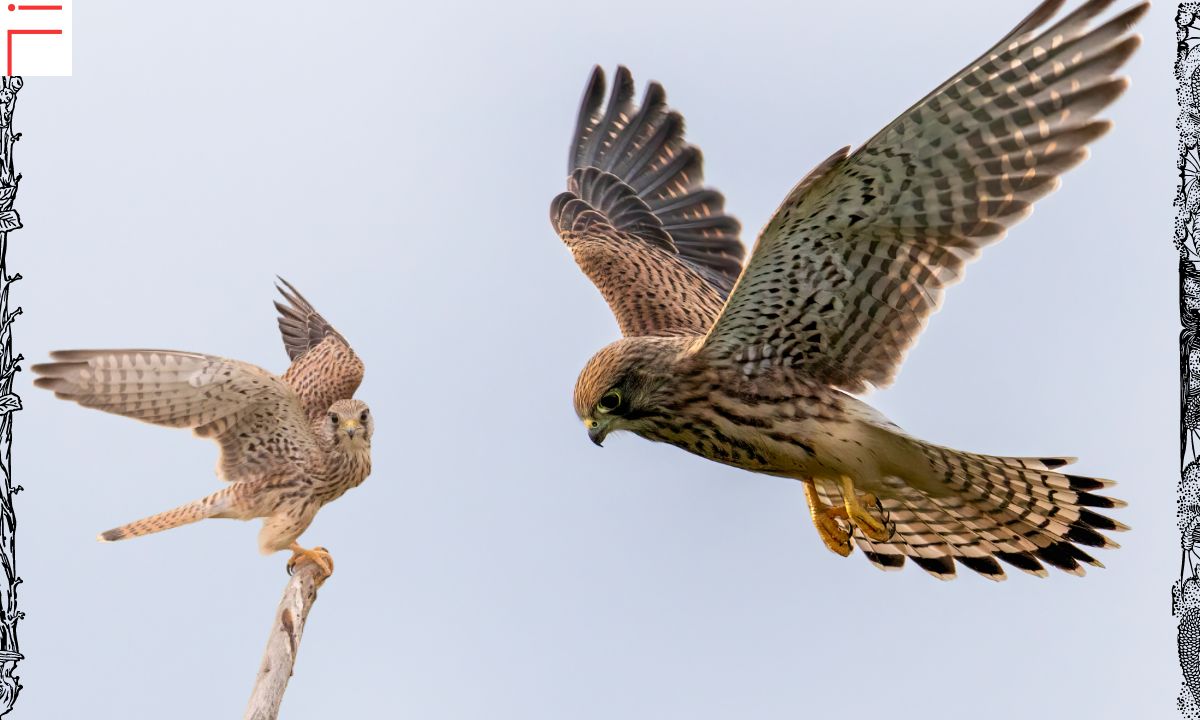The Eurasian Kestrel is a small bird of prey. It’s found in many parts of the world. Kestrels are known for their ability to hover in the air. They have sharp eyes that can spot tiny animals on the ground. Kestrels eat mostly small mammals like mice and voles.
Kestrels have reddish-brown feathers with dark spots. Males and females look slightly different. They are about the size of a pigeon but with longer wings. Kestrels can live in many places, including cities and farmland.
These birds face some threats from humans. Changes in farming can make it hard for them to find food. Some kestrels die from eating prey poisoned by pesticides. Many people are working to protect kestrels. They put up nest boxes to give kestrels places to live.
European Kestrel facts
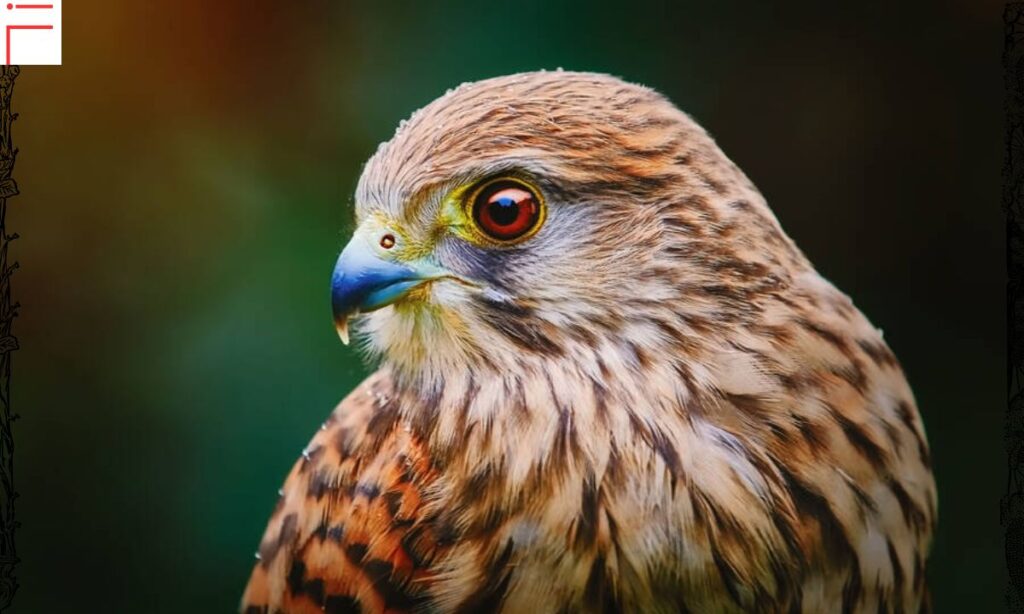
Kestrels are fascinating birds. They are known for their ability to hover in the air. This helps them spot prey on the ground. Kestrels have very sharp eyesight. They can see ultraviolet light. This helps them find rodents by seeing their urine trails.
Kestrels are often seen perched on telephone poles or wires. They watch for food from these high spots. In some places, kestrels are called windhover because of how they fly. They are one of the most common birds of prey in Europe. Kestrels can live in many different types of places. They are found in cities, farms, and wild areas.
Read This Blog:Calista Flockhart’s Net Worth, Source of Income, Career, and More
Eurasian Kestrel size
Kestrels are small falcons. They are about the size of a pigeon. Male kestrels are smaller than females. A kestrel’s body is 32-39 cm long. Their wingspan is 65-82 cm wide. This means their wings are quite long for their body size. Female kestrels weigh about 184 grams. Males weigh about 155 grams. Even though they are small, kestrels are strong hunters.
Appearance
Kestrels have beautiful feathers. Their back and wings are mostly reddish-brown with black spots. Their belly is lighter with dark streaks. Kestrels have a grey head and tail. There is a black band near the end of the tail.
The very tip of the tail is white. Kestrels have a black stripe on their face, like a mustache. Their beak is short and curved. It is dark colored. Their eyes are dark too. Kestrels have yellow legs and feet. Their claws are black and very sharp.
Sexual dimorphism
Male and female kestrels look different. This is called sexual dimorphism. Males have fewer black spots on their feathers. Their head and tail are blue-grey. Females have more spots and streaks. Their head and tail are brown. Females are also bigger than males. This size difference helps them hunt different prey. It also helps when they are raising babies.
Lifespan
Kestrels can live for many years. In the wild, most kestrels live for about 4 years. Some live much longer. The oldest known wild kestrel lived for 16 years. In captivity, kestrels can live even longer. One kestrel in captivity lived for 24 years! Many young kestrels don’t survive their first year. Life can be tough for baby birds.
Scientific name and taxonomy
The scientific name for the Eurasian Kestrel is Falco tinnunculus. “Falco” means falcon in Latin. “Tinnunculus” means “little bell.” This might be because of their call. Kestrels belong to the falcon family. This family includes other birds like the peregrine falcon.
There are 11 different types (subspecies) of Eurasian Kestrel. They live in different parts of the world. The kestrel’s closest relatives are the Spotted Kestrel and the Nankeen Kestrel.
European Kestrel distribution
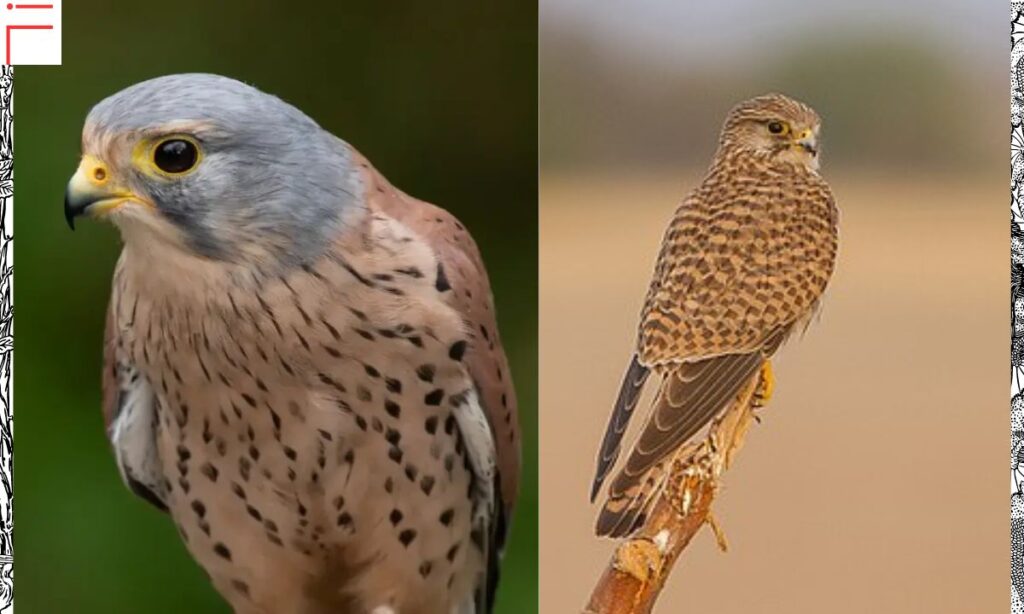
Eurasian Kestrels are found in many places. They live all across Europe. You can also find them in parts of Asia and Africa. Some kestrels even reach the east coast of North America. Kestrels have spread to some islands in the ocean.
They are rare visitors to places far from their usual homes. In Europe, kestrels are found everywhere except the very north of Scandinavia and Iceland.
Eurasian Kestrel habitat
Kestrels can live in many different places. They like open areas where they can hunt. You can find kestrels in:
- Fields and meadows
- Farmland
- Heaths and moors
- Marshes
- Parks in cities
- Edges of forests
Kestrels don’t need trees to live. They can nest on cliffs or buildings. Kestrels are happy in places made by humans. They just need some open space to hunt. Kestrels can live from sea level up to high in the mountains. In hot places, they can be found up to 4,500 meters high. In cooler areas, they stay lower, around 1,750 meters.
Read This Blog:Victoria Justice’s Net Worth, Career, and Source of Income
European Kestrel population size
There are many Eurasian Kestrels in the world. Scientists think there are between 1 and 2 million pairs. About 20% of these kestrels live in Europe. That’s a lot of birds! The number of kestrels can go up and down. In some parts of Europe, like Ireland, there are fewer kestrels than before. Some types of kestrels are quite rare. The kestrel found in the eastern Canary Islands has less than 1,000 adult birds.
Eurasian Kestrel behavior
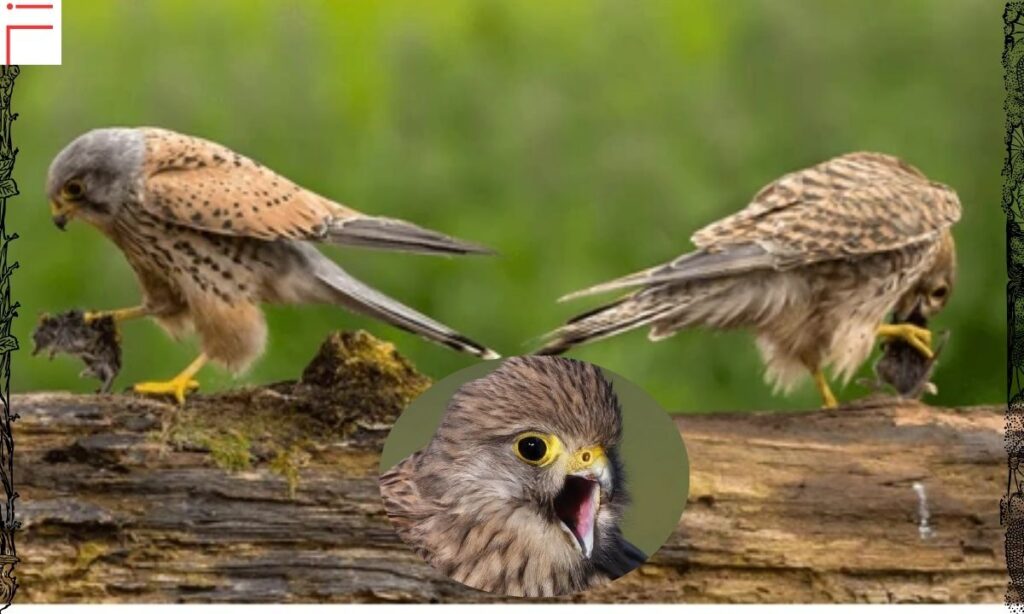
Kestrels have some very interesting behaviors. Here are some things they do:
- Hovering: Kestrels can stay still in the air. They do this by facing the wind and flapping their wings. This helps them look for food on the ground.
- Perching: Kestrels often sit in high places. They might perch on poles, wires, or tree branches. From here, they watch for prey.
- Hunting: When a kestrel sees prey, it dives down quickly. They are very good at catching small animals.
- Calling: Kestrels make a loud “kee-kee-kee” sound. They do this when they are excited or warning others.
- Nesting: Kestrels don’t build their own nests. They use old nests of other birds or holes in trees and buildings.
- Sunbathing: Sometimes kestrels sit with their wings spread out in the sun. This helps keep their feathers healthy.
Kestrels are active during the day. They sleep at night. Kestrels are usually seen alone or in pairs. They don’t form large groups like some birds do.
Feeding and diet
Kestrels are carnivores. This means they eat other animals. Their favorite food is small mammals. Here’s what kestrels like to eat:
- Voles (small mouse-like animals)
- Mice
- Shrews
- Small birds (especially young ones)
- Insects (like grasshoppers and beetles)
- Worms
- Lizards (in warmer places)
Kestrels hunt by watching from high up. They can see very well. When they spot prey, they swoop down fast. Kestrels need to eat 4-8 voles every day. Sometimes they catch extra food and save it for later. This is called caching. Baby kestrels eat a lot. Each baby eats about 3-4 voles every day!
Breeding
Kestrels start breeding in spring. In Europe, this is usually April or May. Here’s how kestrels make a family:
- Kestrels find a place to nest. They like holes in trees, cliffs, or buildings.
- Females lay 3-7 eggs. The eggs are white with brown spots.
- Both parents take turns sitting on the eggs. This is called incubation. It lasts about 4 weeks.
- The baby kestrels (called chicks) hatch. They are covered in white fluff.
- Both parents bring food to the chicks. The mother feeds the babies.
- After 4-5 weeks, the chicks learn to fly. This is called fledging.
- The family stays together for a few more weeks. The parents teach the young how to hunt.
- Young kestrels can have their babies the next year.
Most kestrel pairs raise 2-3 chicks each year. Some raise more. The number of babies depends on how much food is available.
Migration
Some kestrels move to different places in winter. This is called migration. Whether a kestrel migrates depends on where it lives:
- Kestrels in northern Europe often fly south for the winter. They go to warmer places where it’s easier to find food.
- Kestrels in southern Europe usually stay in the same place all year. They don’t need to migrate.
- Young kestrels sometimes wander around to find a good place to live.
- Some kestrels fly very long distances. They might go from Europe to Africa for the winter.
Migration can be dangerous. But it helps kestrels survive when food is scarce in winter.
European Kestrel conservation status
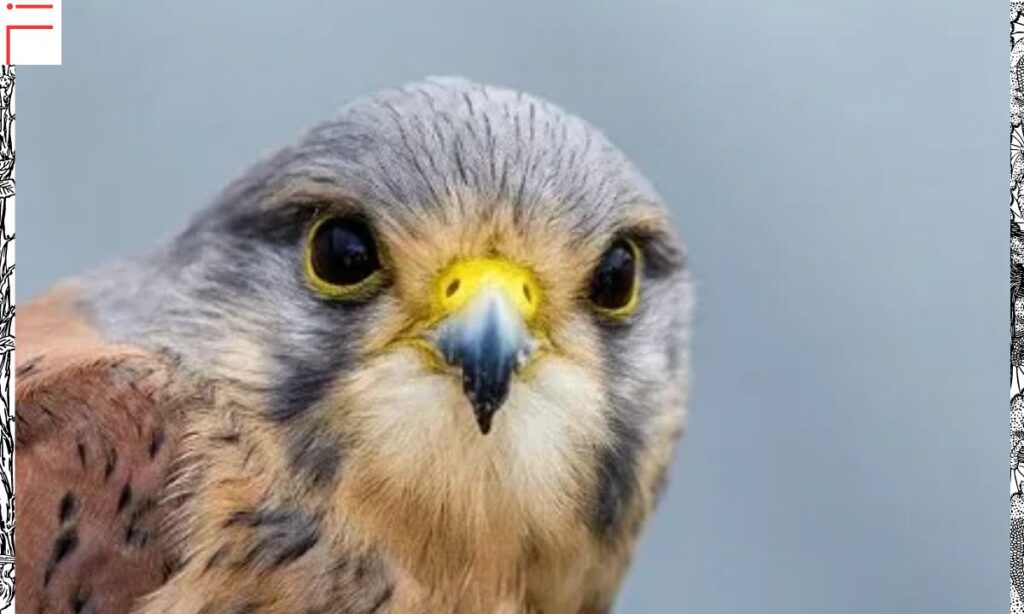
The Eurasian Kestrel is not in danger of going extinct. Scientists say it is a species of “Least Concern”. This means there are still many kestrels in the world. Kestrels do face some problems:
- In some areas, there are fewer kestrels than before.
- Changes in farming have made it harder for kestrels to find food.
- Some kestrels die from eating poisoned prey.
People are working to help kestrels. They do this by:
- Protecting places where kestrels live
- Putting up nest boxes for kestrels to use
- Studying kestrels to learn how to help them
It’s important to keep watching kestrel populations. This will help us determine if they need more help in the future.
Threats
Even though kestrels are doing okay overall, they face some dangers. Here are the main threats to kestrels:
- Habitat loss: When humans build on open land, kestrels lose places to hunt.
- Changes in farming: Modern farms often have fewer small animals for kestrels to eat.
- Pesticides: Chemicals used to kill insects can also harm kestrels.
- Climate change: This can affect prey animals when they are active, making it harder for kestrels to find food.
- Collisions: Some kestrels die by flying into cars, buildings, or wind turbines.
- Lack of nesting sites: In some areas, there aren’t enough good places for kestrels to make nests.
By understanding these threats, we can work to protect kestrels and help their populations stay healthy.
Additional resources:
To learn more about Eurasian Kestrels, you can:
- Visit a local wildlife center or zoo
- Read books about birds of prey
- Watch nature documentaries
- Join a birdwatching group
- Look for kestrels in your area (remember to watch from a distance)
Frequently Asked Questions
How can I tell if I’ve seen a kestrel?
Look for a small falcon hovering over open ground. It will have pointed wings and a long tail.
Do kestrels make good pets?
No, kestrels are wild animals. They need special care and it’s usually illegal to keep them as pets.
How fast can a kestrel fly?
Kestrels can fly up to 60 kilometers per hour when diving for prey.
Do kestrels come back to the same nest each year?
Often, yes. If a nesting spot was good one year, a kestrel pair might use it again.
How can I help kestrels?
You can put up nest boxes, support wildlife-friendly farming, and avoid using pesticides in your garden.
Conclusion
Eurasian Kestrels are amazing birds. They can hover in the air and spot tiny prey from far away. Kestrels live in many different places and eat mostly small mammals. They face some challenges, but their populations are still strong.
By learning about kestrels, we can better understand and protect these fascinating birds of prey. Remember, every animal plays an important role in nature. Eurasian Kestrels help keep rodent populations in check and are a beautiful part of our world.

Amna is a talented content writer and digital marketer with expertise in SEO, social media management, and online marketing. She excels at creating impactful, data-driven content to help businesses connect with their target audience and achieve measurable outcomes.

